 您的购物车当前为空
您的购物车当前为空
D-myo-Inositol-1,2-diphosphate (sodium salt)
一键复制产品信息Ins(1,2)P2 (sodium salt) is one of the many inositol phosphate (InsP) isomers that could act as small, soluble second messengers in the transmission of cellular signals. The most studied InsP Ins(1,4,5)P3, is a second messenger produced in cells by phospholipase C (PLC)-mediated hydrolysis of phosphatidylinositol-4,5-biphosphate. Binding of Ins(1,4,5)P3 to its receptor on the endoplasmic reticulum results in opening of the calcium channels and an increase in intracellular calcium. Ins(1,2)P2 (tested as the D/L racemic mixture) is ~1,000-fold less potent than Ins(1,4,5)P3 at initiating Ca2+ release when injected into Xenopus oocytes.

D-myo-Inositol-1,2-diphosphate (sodium salt)
一键复制产品信息Ins(1,2)P2 (sodium salt) is one of the many inositol phosphate (InsP) isomers that could act as small, soluble second messengers in the transmission of cellular signals. The most studied InsP Ins(1,4,5)P3, is a second messenger produced in cells by phospholipase C (PLC)-mediated hydrolysis of phosphatidylinositol-4,5-biphosphate. Binding of Ins(1,4,5)P3 to its receptor on the endoplasmic reticulum results in opening of the calcium channels and an increase in intracellular calcium. Ins(1,2)P2 (tested as the D/L racemic mixture) is ~1,000-fold less potent than Ins(1,4,5)P3 at initiating Ca2+ release when injected into Xenopus oocytes.
| 规格 | 价格 | 库存 | 数量 |
|---|---|---|---|
| 100 μg | ¥ 1,560 | 35日内发货 | |
| 500 μg | ¥ 6,830 | 35日内发货 | |
| 1 mg | ¥ 12,000 | 35日内发货 |
D-myo-Inositol-1,2-diphosphate (sodium salt) 相关产品
产品介绍
| 产品描述 | Ins(1,2)P2 (sodium salt) is one of the many inositol phosphate (InsP) isomers that could act as small, soluble second messengers in the transmission of cellular signals. The most studied InsP Ins(1,4,5)P3, is a second messenger produced in cells by phospholipase C (PLC)-mediated hydrolysis of phosphatidylinositol-4,5-biphosphate. Binding of Ins(1,4,5)P3 to its receptor on the endoplasmic reticulum results in opening of the calcium channels and an increase in intracellular calcium. Ins(1,2)P2 (tested as the D/L racemic mixture) is ~1,000-fold less potent than Ins(1,4,5)P3 at initiating Ca2+ release when injected into Xenopus oocytes. |
| 分子量 | 384.08 |
| 分子式 | C6H12Na2O12P2 |
| CAS No. | 208584-51-4 |
| 存储 | Powder: -20°C for 3 years | In solvent: -80°C for 1 year | Shipping with blue ice/Shipping at ambient temperature. | ||||||||||||||||||||
| 溶解度信息 | H2O: 5 mg/mL (13.02 mM), Sonication is recommended. | ||||||||||||||||||||
溶液配制表 | |||||||||||||||||||||
H2O
| |||||||||||||||||||||


















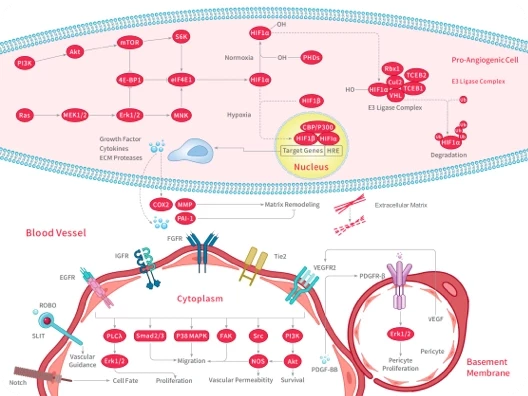

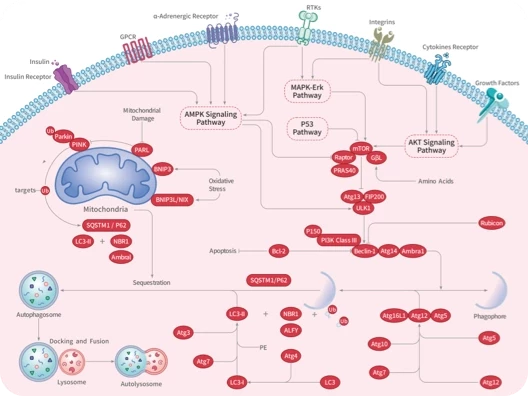

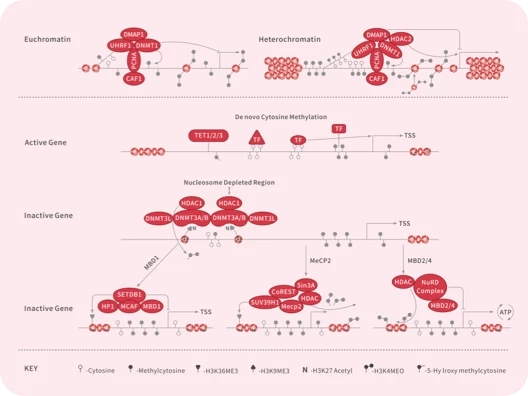
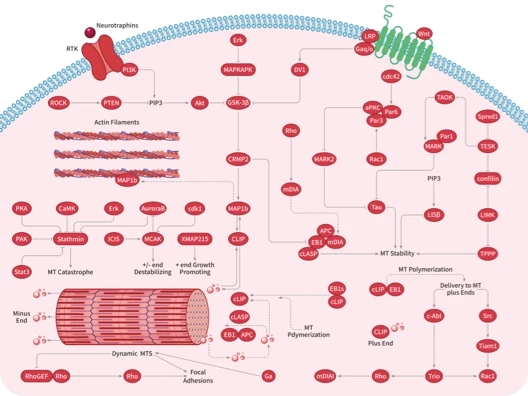
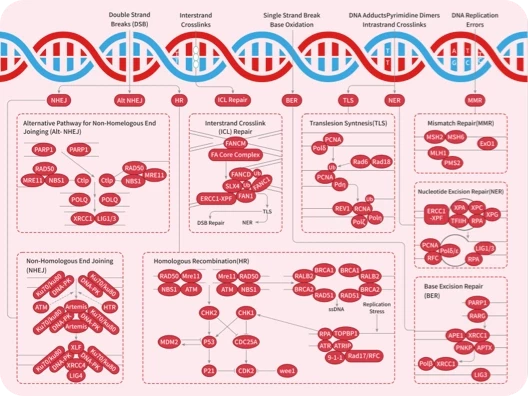
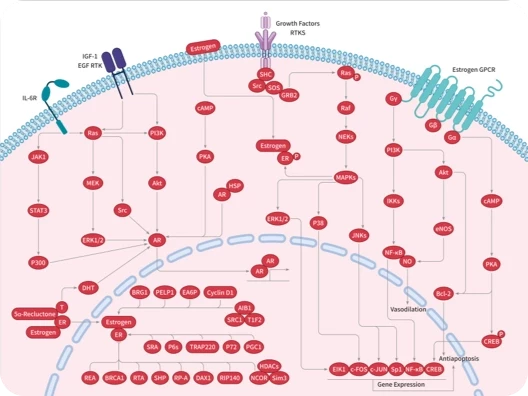
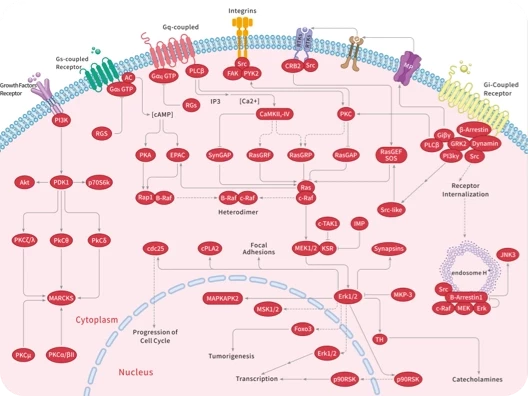
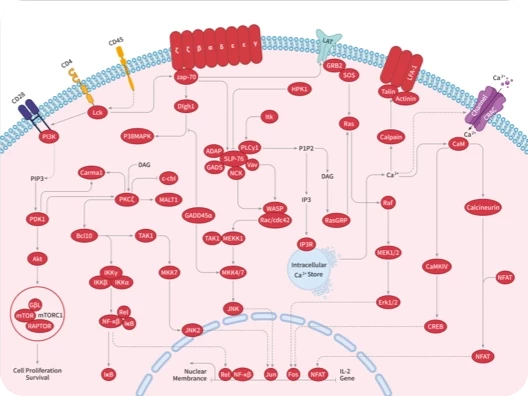
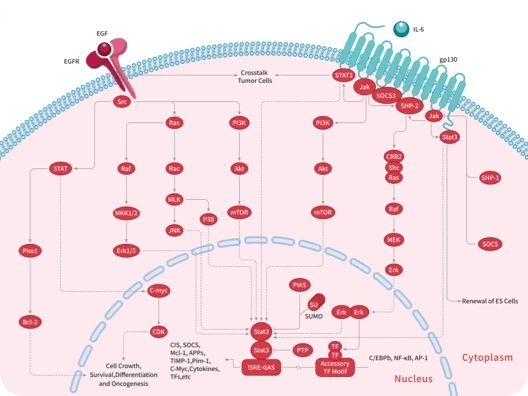
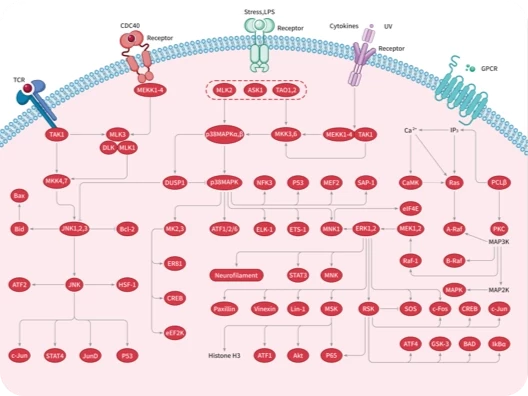
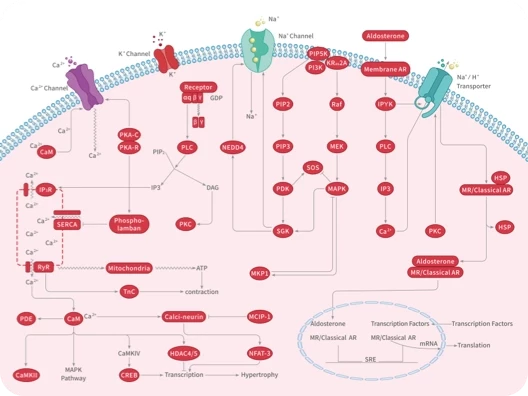
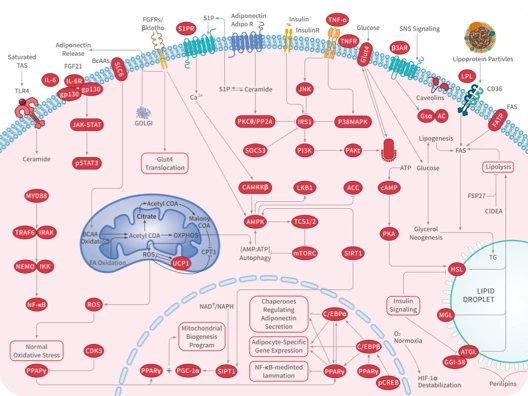
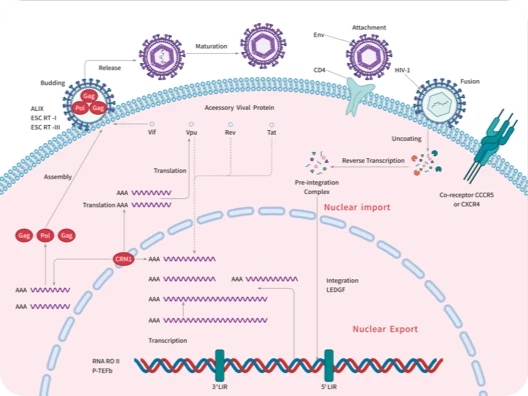

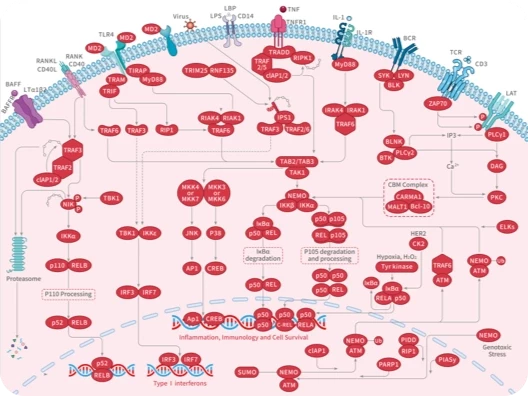
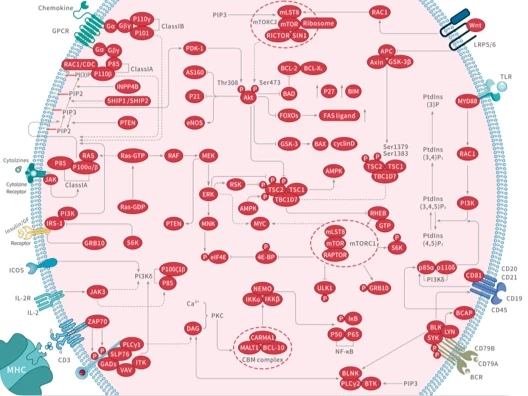
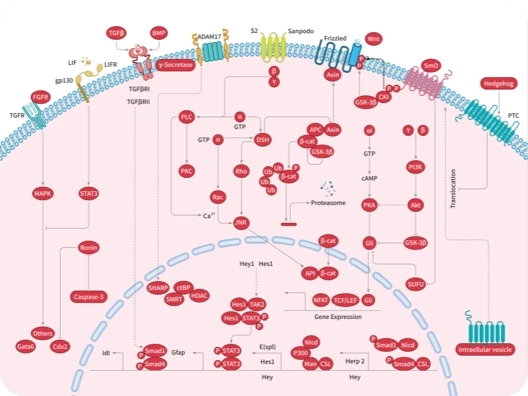
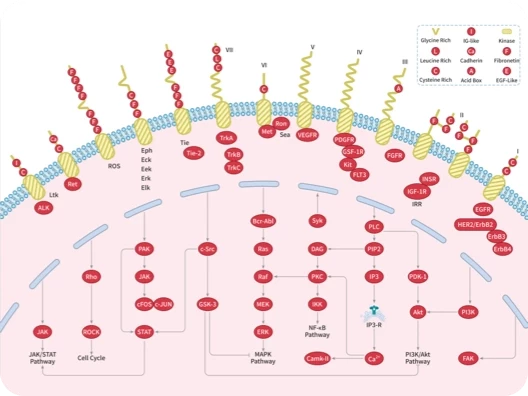
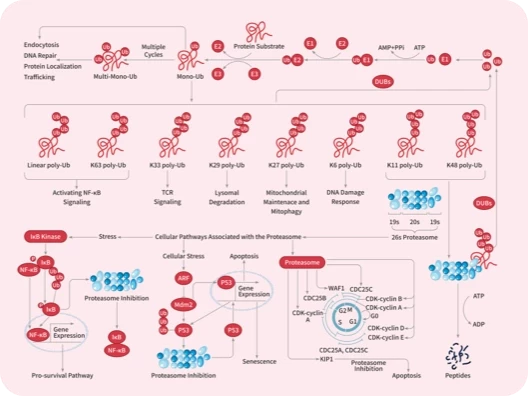


 还可以
还可以

 |
|
评论内容